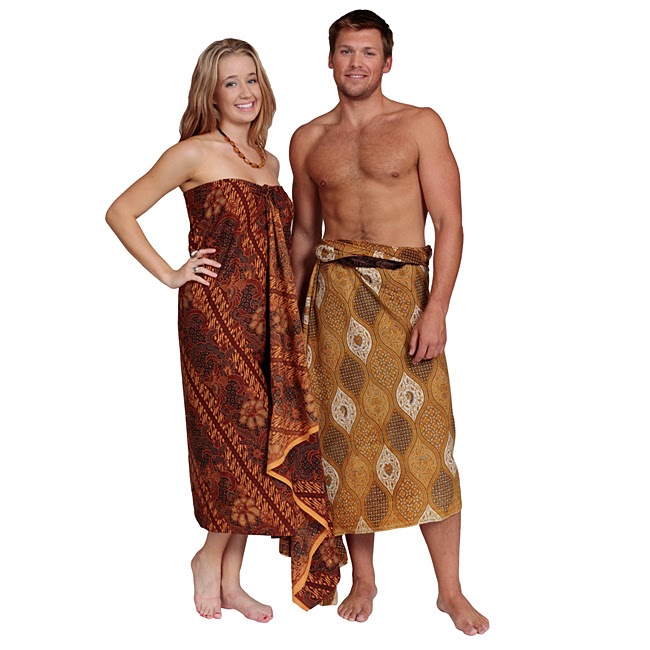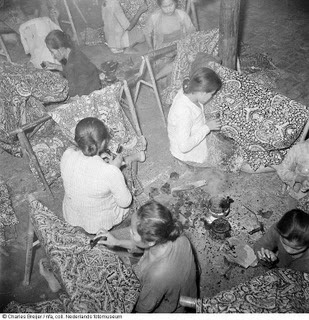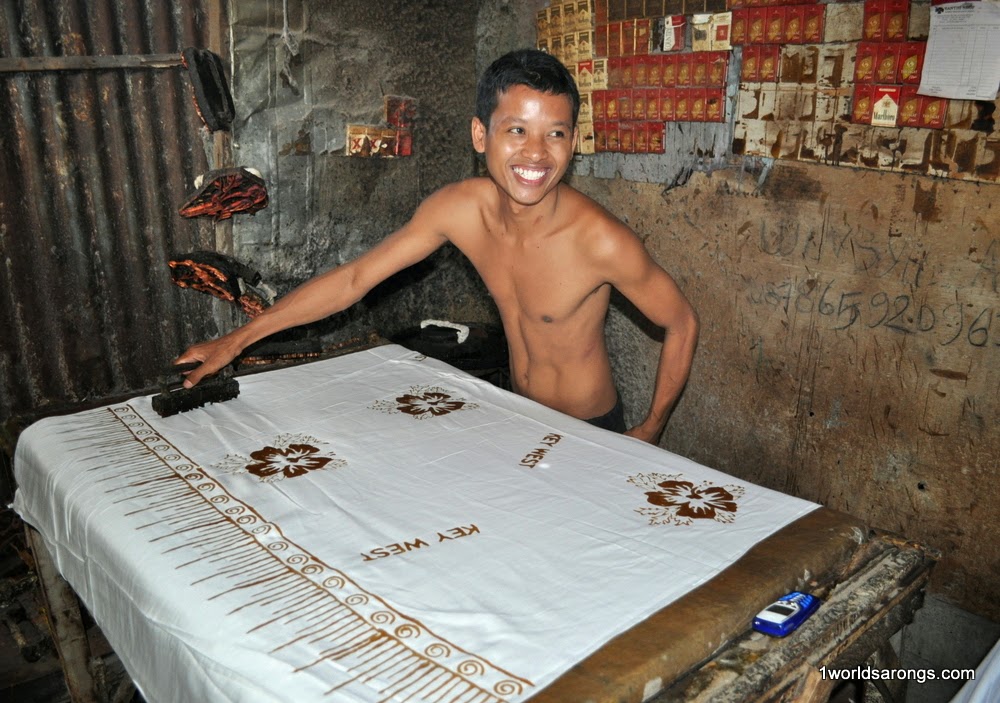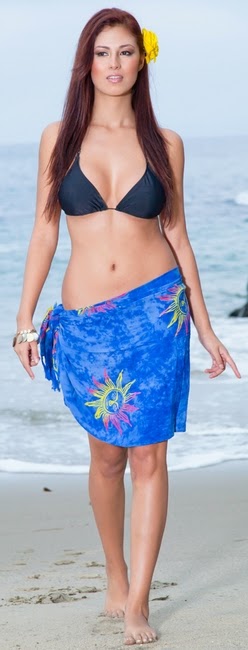A sarong is a piece of fabric that is worn by men and women on the bottom half of the body. While the Scottish people wear kilts, many Asian regions wear sarongs. Even still, the sarong is a popular garment that is worn by many people in any different counties in a variety of ways. The sarong has a long history in the world, and its presence is one seen and felt. Sarongs have been worn for over 500 years now, and it seems that its popularity is only getting better by the day.
While men usually wear them only for religious purposes and special occasions, the same is not true for women. The term "sarong" comes from Indonesia. The Malay language from Malaysia, Indonesia to be more exact, is actually where the term comes from. The sarong is worn for religious purposes, as a fashion statement, and sometimes for other reasons not listed. The traditional sarong is created using a process known as Batik. It is this process that provides the astonishing overall look of the sarong. This look varies from a checkered pattern to circles or a multiple-prism of colors in various shapes and sizes.
Wearing a Sarong around the World
For example, in the United States, the sarong is popularly worn by women as a swimsuit cover-up. These sarongs come in various styles, designs, and colors, and are certainly head-turning pieces. Typically this type of sarong is very colorful and lightweight, and may even feature emblems or other stylish additions. They are not, however, similar in style to the traditional sarong. A traditional sarong is usually darker toned and may have a checkered or another type of pattern on it. The sarongs made for special occasions usually feature these additional emblems and rhinestones to add charm and appeal.
The Indonesian natives would use a technique to dye their sarongs called batik. This technique used to hand-dye fabrics with the use of wax and dye repellent is one that takes time and devotion, but the ultimate result being a beautiful sarong. Wherever the wax was placed on the fabric, that piece of material would not absorb the dye. It is similar to the way that we put blue masking tape on a wall when we are painting stripes. The paint goes all over the wall, except where we put the tape. It is a pretty interesting process to say the least. Once his process was complete, the Batik sarong was the result. The sarong is very colorful and takes on different patterns. The sarongs worn by men are different in style than those worn by women.
Sarongs are also worn in many other ways in addition to a swimsuit cover-up. Sarongs make beautiful dresses, scarves, turbans, and tops, and sometimes they’re used to decorate different furnishings around the house. A sarong makes a beautiful fabric cover for a chair, and that is just one of the many possibilities for the sarong. With a bit of creativity, the many uses of the sarong are endless. It is beautiful enough that you want to use it in a multitude of ways. Since the color combinations and designs are endless, you never have the same look twice, which allows you to create a unique look wherever you go.
Sarongs are quite comfortable to wear, especially if you live in a hot or humid climate because they let a breeze in. They are so comfortable, lightweight, and easy to wear that they are worn in Indonesia, Africa, the Arabian Peninsula, and Asia and other parts of the world where the temperatures are sometimes very hot and humid. It is the heat, perhaps, that originally started the idea and later the popularity of the sarong. It is for these reasons that the sarong has become such a popular garment adored in all regions of the world.
What is interesting to know is that the sarong is not called a sarong in all parts of the world. If you’ve been reading this thinking that it sounded familiar, but the name didn’t sit right, this is probably why! For example, in Tahiti, Hawaii, and the Cook Islands, the sarong is known as a Pareo. In South Asia, the sarong is known as a Lungi or Mundu. In Africa, the sarong is called a Macawiis. No matter the name, the sarong is just as beautiful from one region to the next.
Final Thoughts
It is easy to understand the popularity of the sarong for both men and women with the information in this article. Although the sarong originated in the Eastern World many, many years ago, it is a piece that quickly went versatile and is now enjoyed by individuals across the world. There are traditional sarongs, as well as not-so-traditional choices, giving everyone the perfect sarong to cater to their needs and tastes.
So tell us, what's your perfect sarong? :) We'd love to hear from you.
So tell us, what's your perfect sarong? :) We'd love to hear from you.











